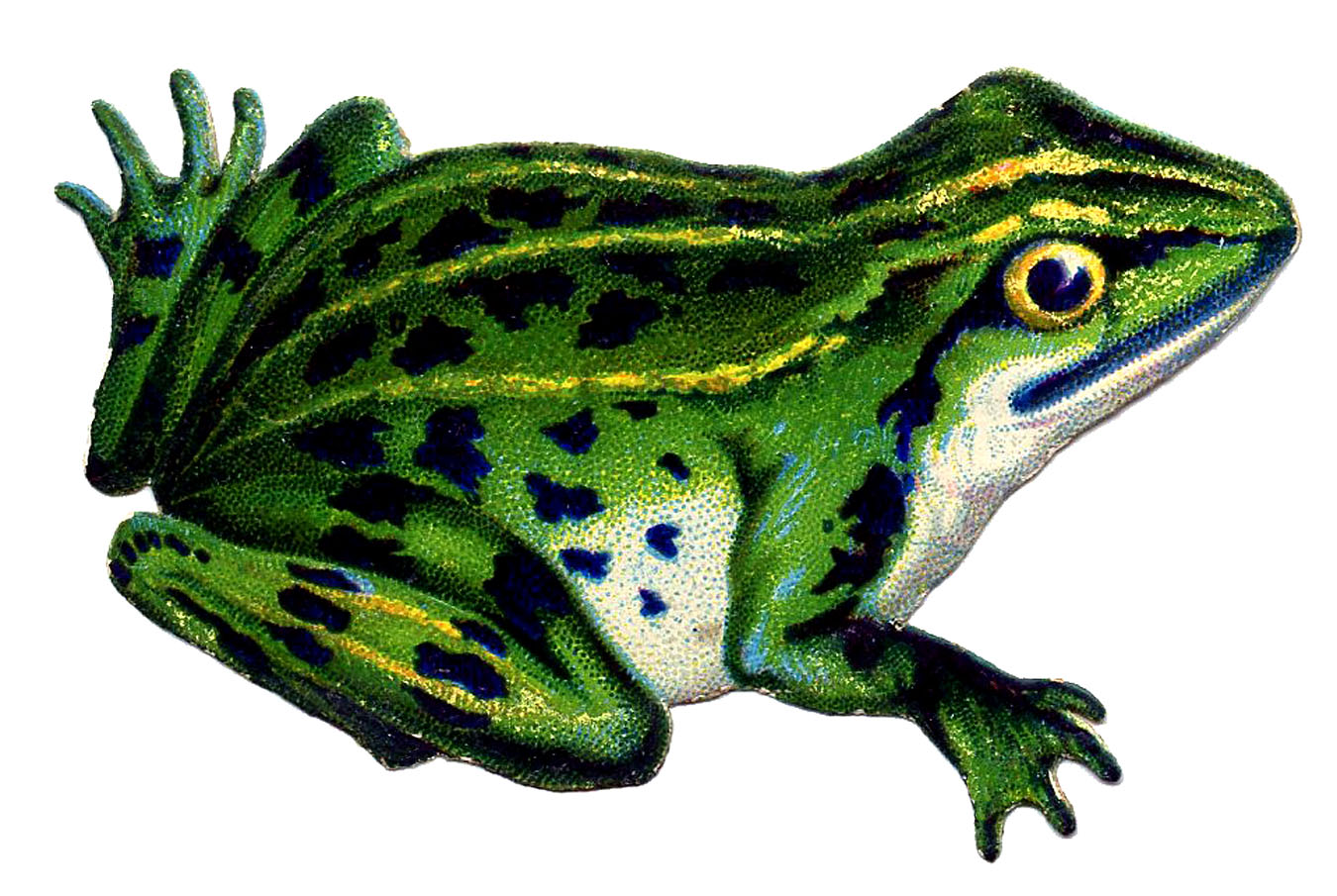
Introduction
Frog art is a fascinating form of artistic expression that showcases the beauty and charm of these amphibian creatures. This unique genre of art captures the essence of frogs in various mediums, including paintings, sculptures, and digital artwork. Artists around the world find inspiration in the vibrant colors, intricate patterns, and playful nature of frogs, resulting in captivating and visually stunning pieces.
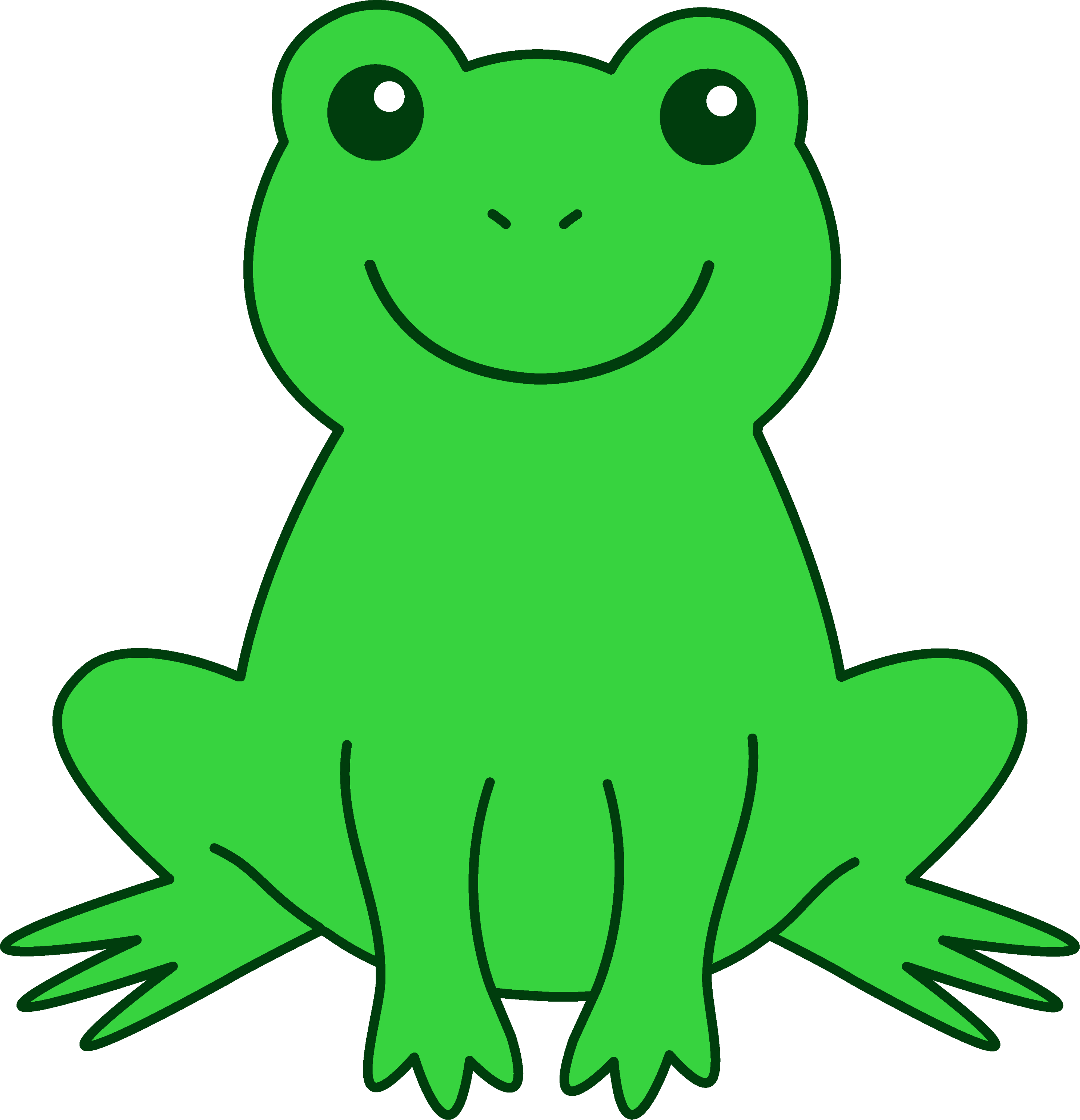
The History of Frog Art
The history of frog art dates back centuries, with depictions of frogs found in ancient cave paintings and sculptures. In many cultures, frogs symbolize a range of meanings, including fertility, transformation, and good luck. Artists throughout history have incorporated these symbolic representations into their artwork, creating a rich tapestry of frog-inspired pieces.
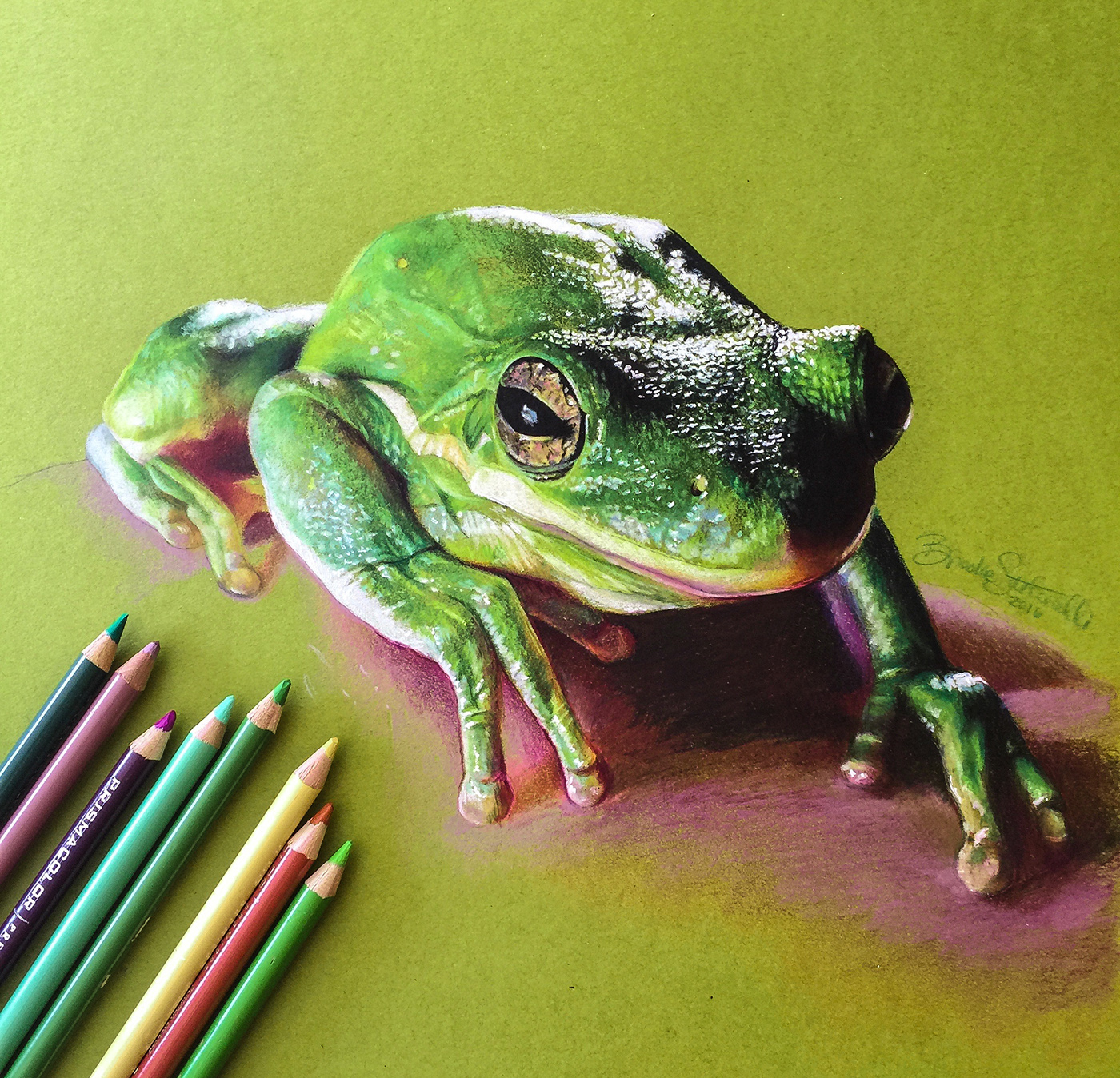
Various Mediums in Frog Art
Frog art encompasses a wide range of mediums, allowing artists to explore their creativity and showcase their unique styles. Some artists prefer traditional techniques, such as oil or acrylic paintings, to capture the intricate details of frogs. Others experiment with mixed media, combining different materials to add texture and depth to their artwork.
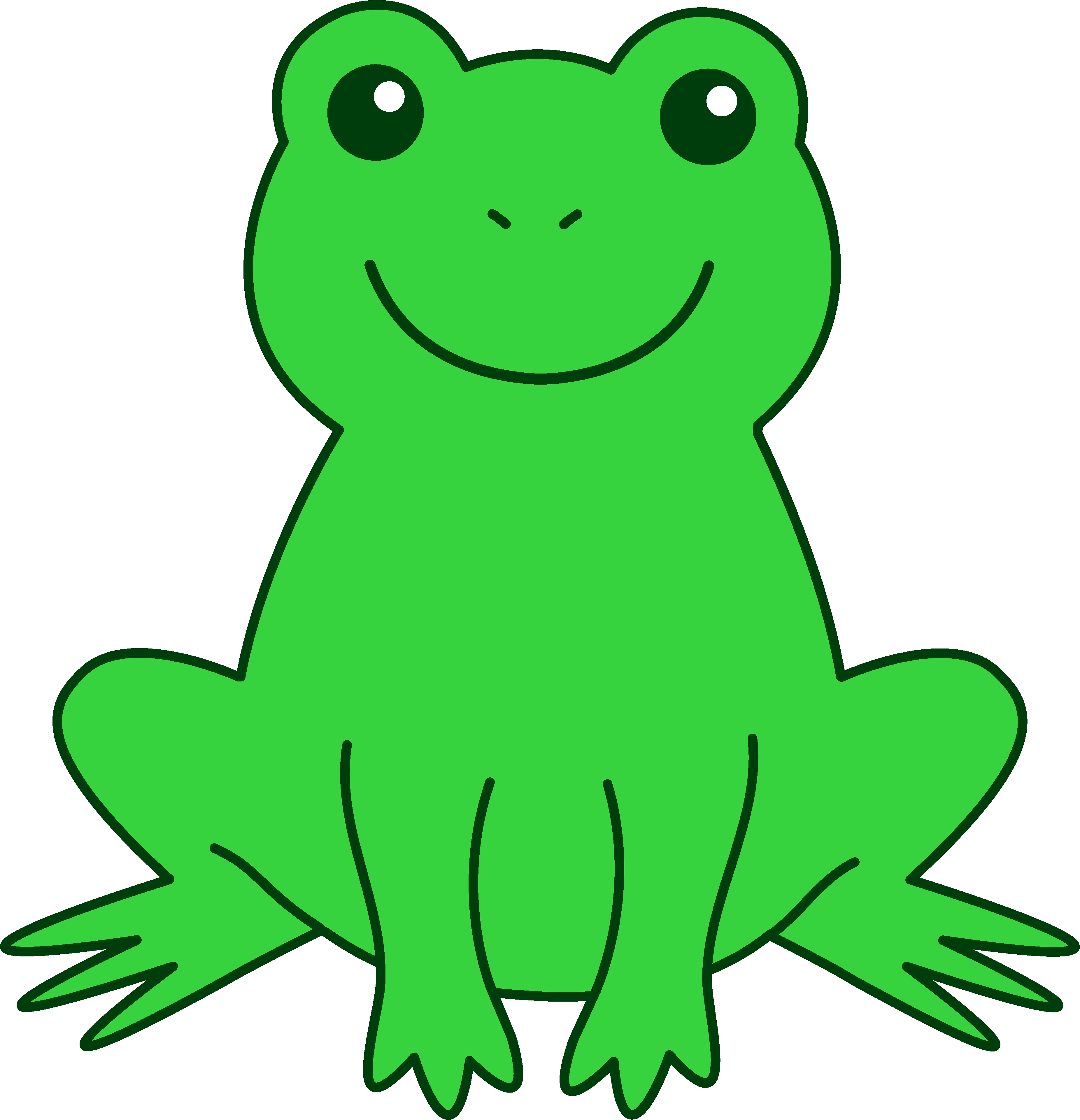
Frog Art in Sculptures
Sculptures are another popular medium for frog art. Artists mold clay, carve wood, or cast metal to create three-dimensional representations of frogs. These sculptures can be small and delicate or large and imposing, depending on the artist's vision. Frog sculptures often serve as beautiful decorative pieces or outdoor installations in gardens and parks.

Frog Art in Digital Medium
With the advancement of technology, frog art has also found its place in the digital realm. Digital artists utilize software and digital tools to create stunning and imaginative pieces featuring frogs. This medium allows for endless possibilities and experimentation, enabling artists to push the boundaries of creativity and produce visually captivating artwork.
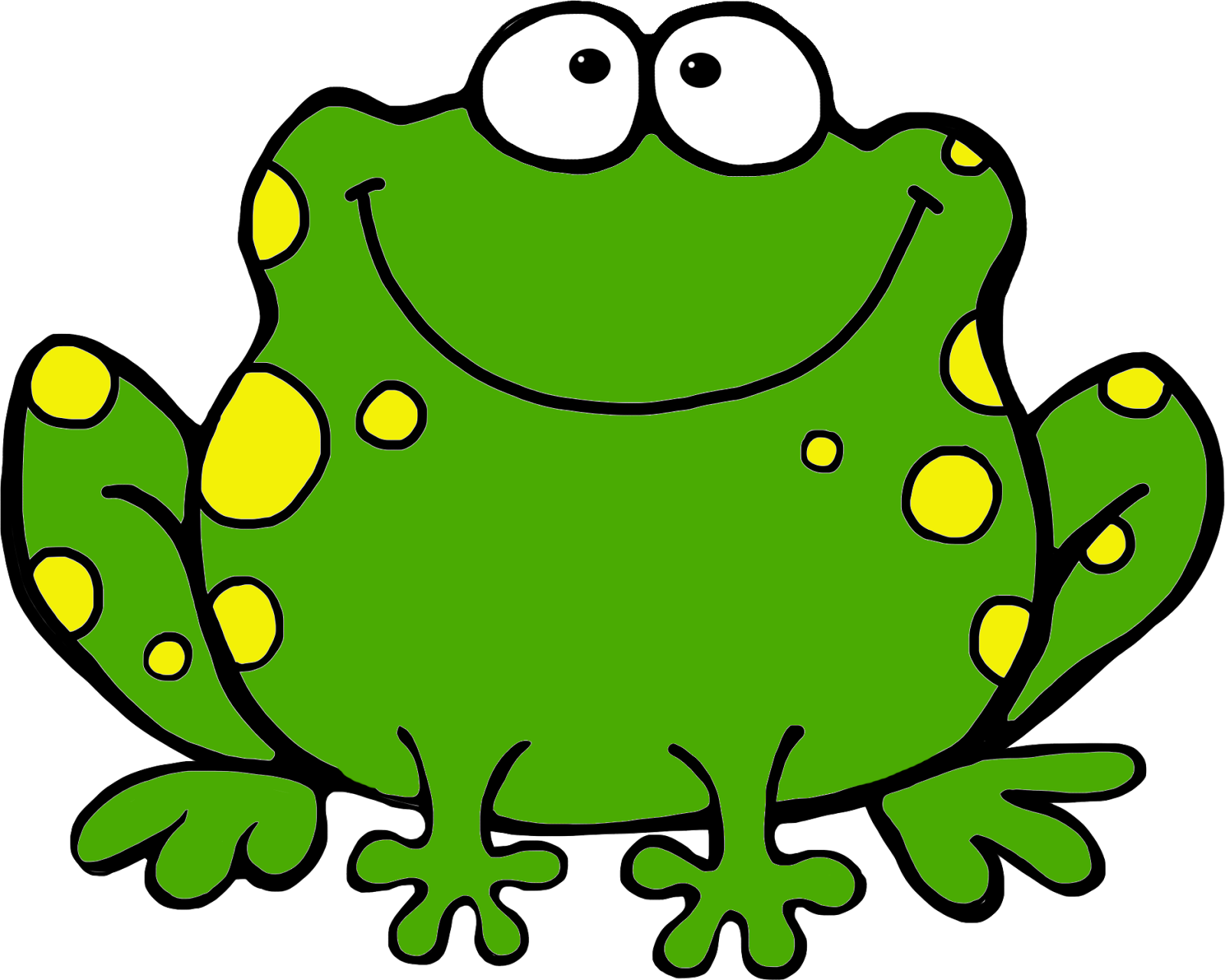
The Beauty of Frog Art
One of the most captivating aspects of frog art is its ability to capture the beauty and charm of these creatures. Artists pay meticulous attention to detail, showcasing the vibrant colors and intricate patterns that adorn frogs' bodies. Through their artwork, they bring these creatures to life, allowing viewers to appreciate the unique characteristics and allure of frogs.
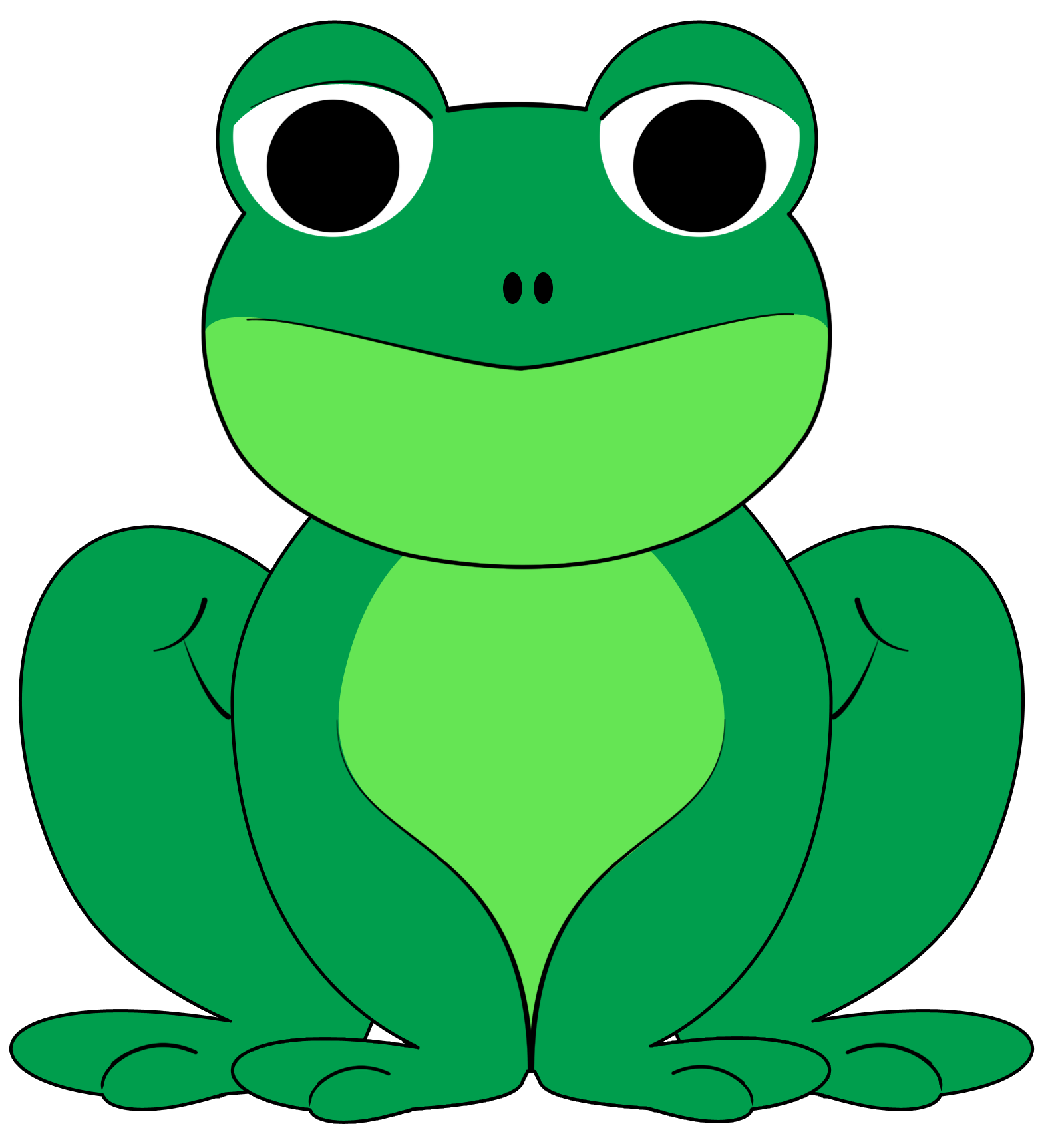
The Symbolism in Frog Art
Frogs hold symbolic meanings in various cultures and belief systems. In frog art, these symbolic representations are often incorporated to convey deeper messages and emotions. For example, frogs are associated with transformation and rebirth, symbolizing personal growth and change. The inclusion of such symbolism adds layers of meaning to the artwork, inviting viewers to interpret and connect with the pieces on a deeper level.

Frog Art in Pop Culture
Frog art has also made its way into popular culture, with frogs becoming iconic characters in various forms of media. Animated films, children's books, and advertisements often feature lovable frog characters that captivate audiences of all ages. The popularity of these characters further contributes to the recognition and appreciation of frog art.
The Influence of Frog Art
Frog art not only serves as a form of creative expression but also has the power to evoke emotions and inspire viewers. These artworks can instill a sense of wonder, appreciation for nature, or even spark a personal connection with frogs. Frog art has the ability to transcend language barriers and cultural differences, uniting people through their shared admiration for these fascinating creatures.
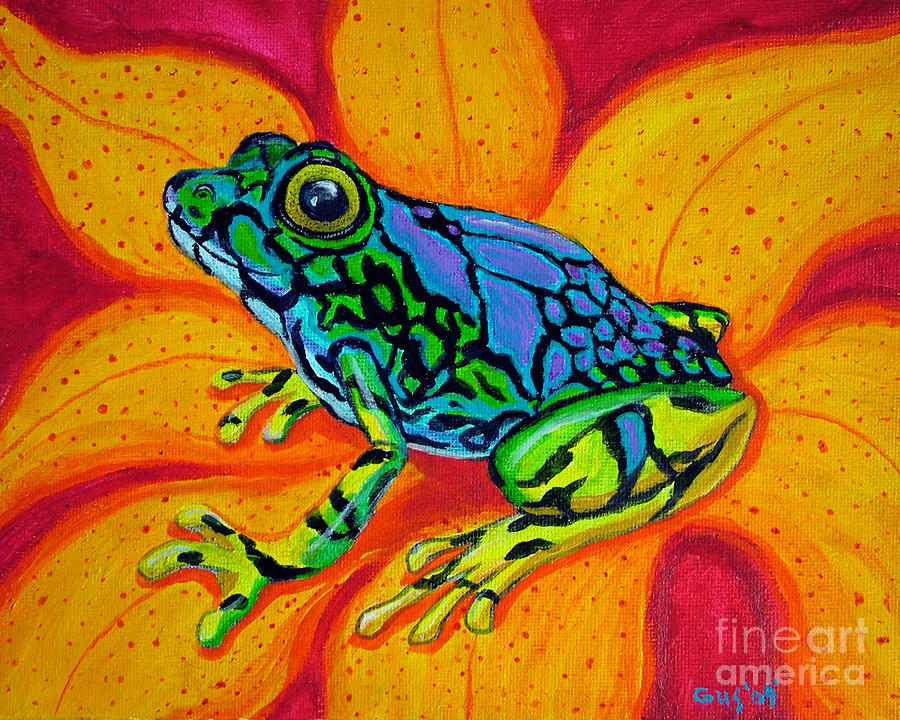
Conclusion
Frog art is a captivating genre that showcases the beauty, symbolism, and charm of frogs through various artistic mediums. Whether it's through paintings, sculptures, or digital artwork, artists around the world find inspiration in these amphibian creatures. Frog art has a rich history, symbolizing different meanings in various cultures, and continues to evolve with advancements in technology. The beauty and influence of frog art extend beyond its aesthetic appeal, evoking emotions and connecting people through their shared admiration for these fascinating creatures.